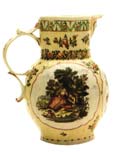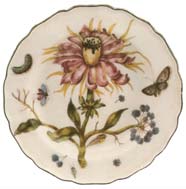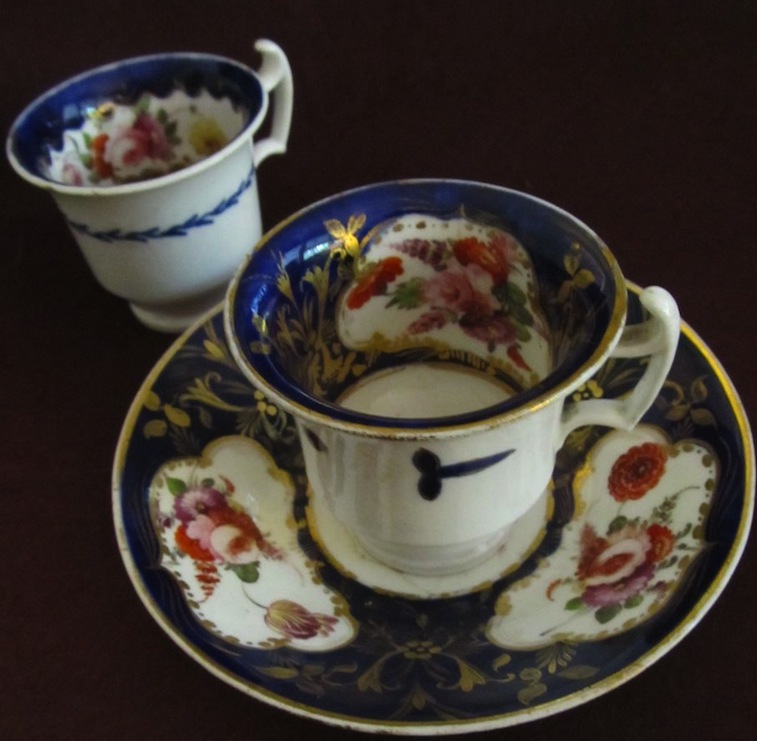When compared with lavishly decorated continental wares, early English porcelain may seem relatively unsophisticated, but to many collectors this simplicity is fundamental to its appeal. But what are the most valuable types and which characteristics should you be looking for?
English makers tended to be much slower than their Continental counterparts in discovering how to make porcelain. One of the first English porcelain factories – Chelsea – was established by a French silversmith, Nicholas Sprimont, in c.1745, nearly half a century after porcelain had first been made in Germany and France. Wares made by Chelsea were mainly intended for the luxury end of the market and are among the most sought after of all English porcelain.
Among the other famous names that were established at the same time as Chelsea, or soon after, are Bow, Bristol, Worcester and Derby. These factories produced many different types of wares; the best way of learning how to recognise the wares of each is to study and handle as much porcelain as possible. This way you’ll become familiar with the styles, colours, glazes and shapes. As with almost any type of porcelain, marks are often spurious – they can help, but should never be relied upon.
Bow
The largest porcelain factory in mid-18th century Britain, Bow, specialised in Oriental-style wares, such as the tureen at the top of the page, worth £4,000 to £6,000. It has features typical of most Bow pieces:
- white chalky paste
- greenish glassy glaze
- heavy potting
Derby
English porcelain figures are usually more primitively modelled than those made on the continent and tend to be less expensive.
Worcester

Hold a piece of Worcester up to the light and you should see a greenish tinge, perhaps with small patches of pinpricks. The moulded cabbage-leaf decoration on the handle of this jug is typical of Worcester. Worth £1,500 to £2,500.
Porcelain marks

When looking at pieces of English porcelain, keep an eye out for these marks.
Looking at porcelain
Never pick a piece of porcelain up by the handle – it might come off. Support the main body firmly with both hands.
Chelsea

Chelsea botanical plates of the 1750s are called Hans Sloane wares, because the designs were based on prints of flowers from Sir Hans Sloane’s Chelsea physic garden. The shadows given to the insects are a device copied from Meissen and make them stand out more dramatically.
Chelsea wares can be distinguished from most other botanical plates because the flowers take up almost the entire surface of the plate. Another typical feature of Chelsea is the way the specimens are painted on a larger scale than the flowers.
Despite a small crack on this plate, the high-quality painting makes it of the most valuable types of botanical plate, and it’s worth £6,000 to £8,000.
Chelsea marks
Chelsea marks are divided into groups according to the four marks used during the life of the factory. The plate shown here, marked with a red anchor, dates from c.1752 to 1757.
Beware
Fake red and gold anchor marks are usually much larger than the genuine ones.











